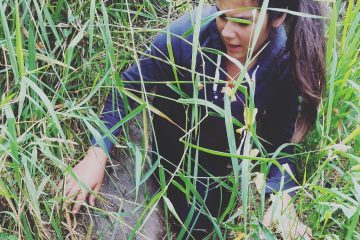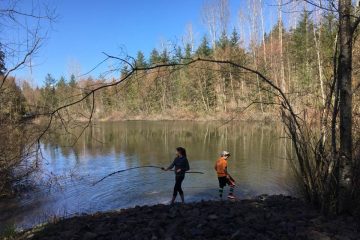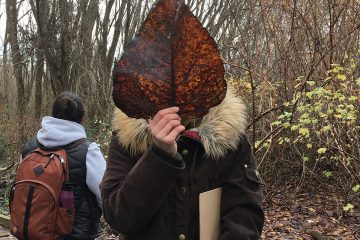- There have been significant shifts in some fundamental understandings of the ways that human beings learn. Increasingly, the emphasis is on learning with understanding rather than memorization. While knowing facts is important, useable knowledge is better.
- All people come to activities with a range of prior knowledge, experiences, beliefs, skills, values, and interests (2). These, in turn, affect ones’ abilities to remember, reason, problem-solve, and acquire new knowledge (3). Whether intentionally or not people connect and make sense of new experiences and knowledge in relation to previous experiences and knowledge.
- Thus, learning happens most efficiently when teachers actively engage students’ prior knowledge and view it as an asset for learning rather than a problem to overcome (4). This has been referred to as engaging students funds of knowledge (5). This can and often does include instruction in a student’s first language.
Family & Community Leadership & Expertise
Family and community engagement and leadership is necessary to creating and sustaining culturally-relevant and academically stimulating places for learning.1-3 As such, many learning environments such as schools are required to incorporate family and community engagement in their programs, yet rely on outdated and inequitable forms of partnering that can actually disengage many families and communities. In particular, nondominant individuals, families, and communities – or those marginalized and excluded due to race, language, socioeconomic status, gender identity, sex, and sexual orientation, etc. – are often most impacted by educational decisions, yet least likely to participate in the decision-making process. For example, funding decisions; curricular adoption, design, and implementation; and educator hiring and training are just a few examples that matter in the educational lives of students and their families and communities.This brief synthesizes promising research that leverages family and community knowledge and expertise and provides some key practices to supporting engagement and leadership. In particular, this brief focuses on collaborating with families and communities in science, technology, engineering, and mathematics (STEM) curricular design and implementation.
Complex Systems Thinking
- Understanding complex socio-ecological systems is increasingly important in a world that is socially and ecologically shifting at rapid rates.1 For example, it is important to understand and be able to reason about patterns in the Earth’s climate or diversity of life. Systems reasoning, or being able to understand properties and behaviors of systems, is an academic demand in science learning environments.2 Complex systems, such as traffic patterns or the stock market, are web-like, have emergent properties, and are self-organizing across time and space.3 Complex ecological systems, such as a coral reef or forest, refer to natural systems and the dense web of relationships and interactions of which they are comprised. Finally, socio-ecological systems include humans, and consider the relationships between human systems and ecological systems.
- Researchers have begun to identify reasoning patterns that support complex socio-ecological systems thinking, and some conceptual frameworks, activities, and practices that can support these. These patterns include: abductive or probabilistic reasoning (considering multiple variables affecting a phenomenon);16 mechanistic reasoning (attending to multiple causal mechanisms behind processes);14, 16 and reasoning from multiple perspectives (seeing the same phenomenon from multiple roles and relationships).22
- Teachers and families play critical roles in supporting learning about complex socio-ecological systems. It is important to bring in non-dominant student’s family and community perspectives, experiences, and expertise to diversify scientific practices. Sharing family and community knowledges or practices also help make complex socio-ecological systems visible and relevant in children’s lives.
Socio-ecological Decision Making
Socio-ecological decisions are those made by individuals, communities, organizations, and institutions that are informed by and impact the natural world. These decisions are affected by relationships between humans and the natural world, what is called “nature-culture relations”.
Nature-culture relations often vary by culture, context, and society, and affect which socio-ecological decisions are made and enacted. Understanding the connections between humans and the natural world is imperative for creating and sustaining socially and environmentally just decisions.


